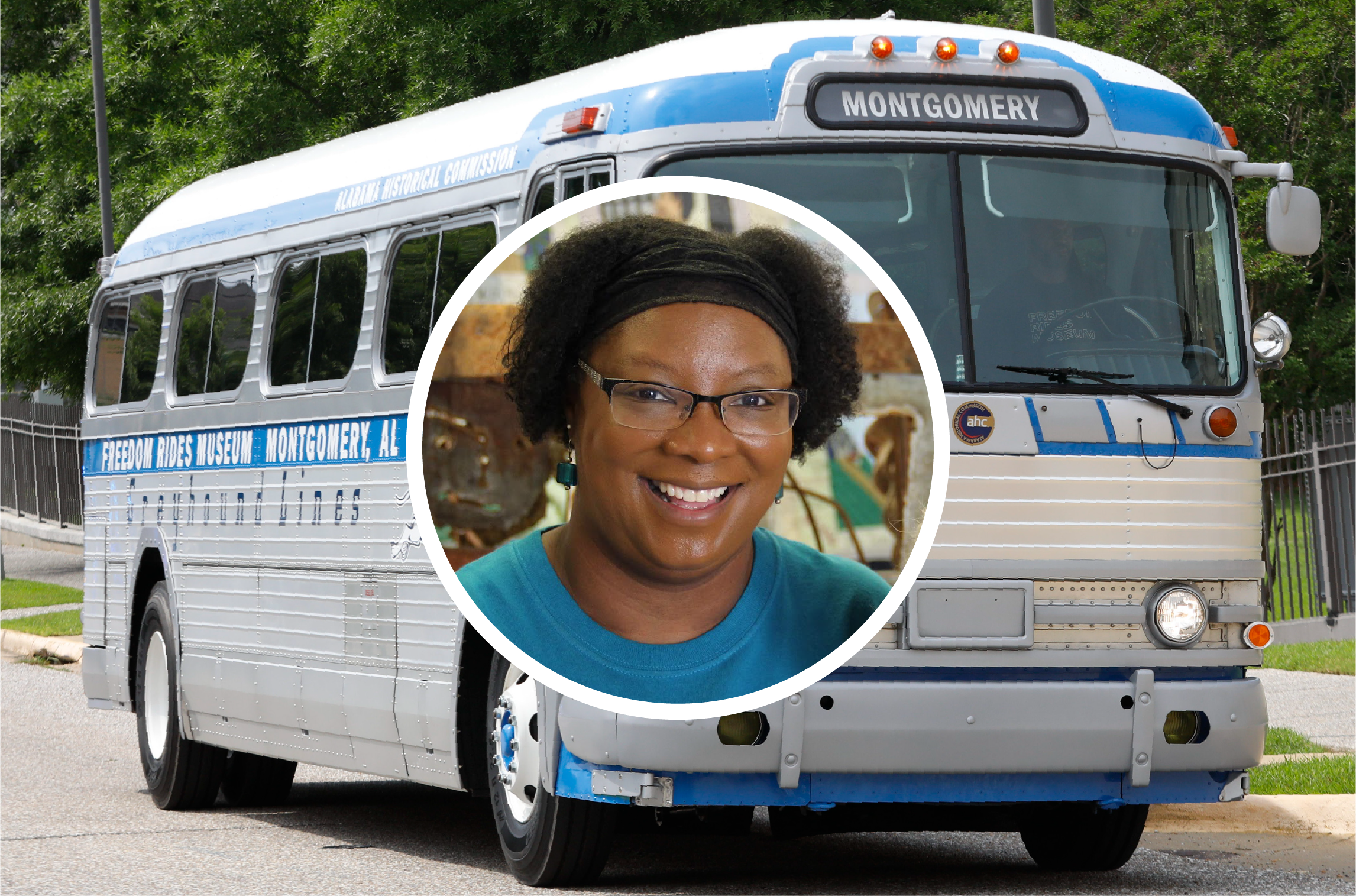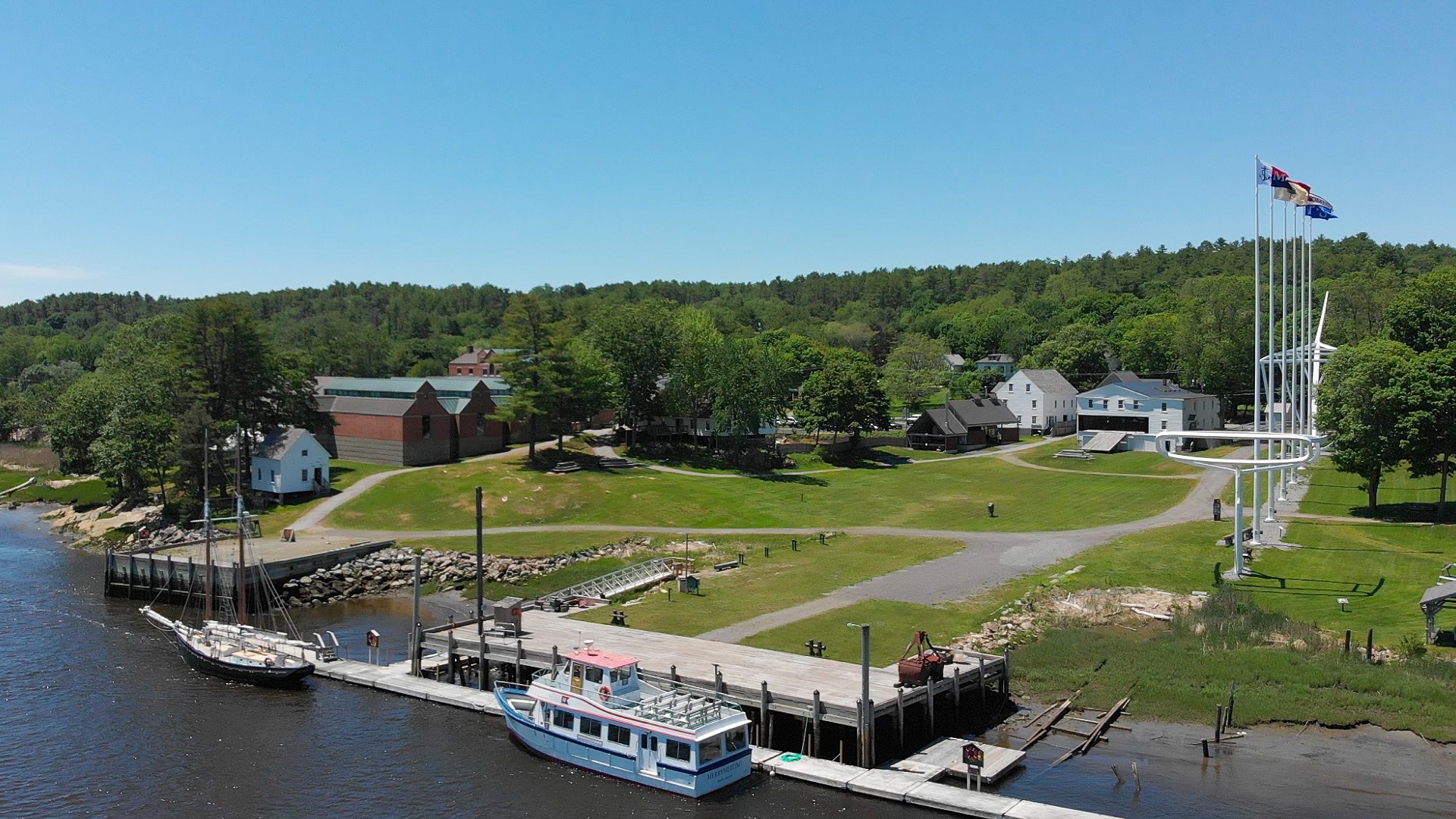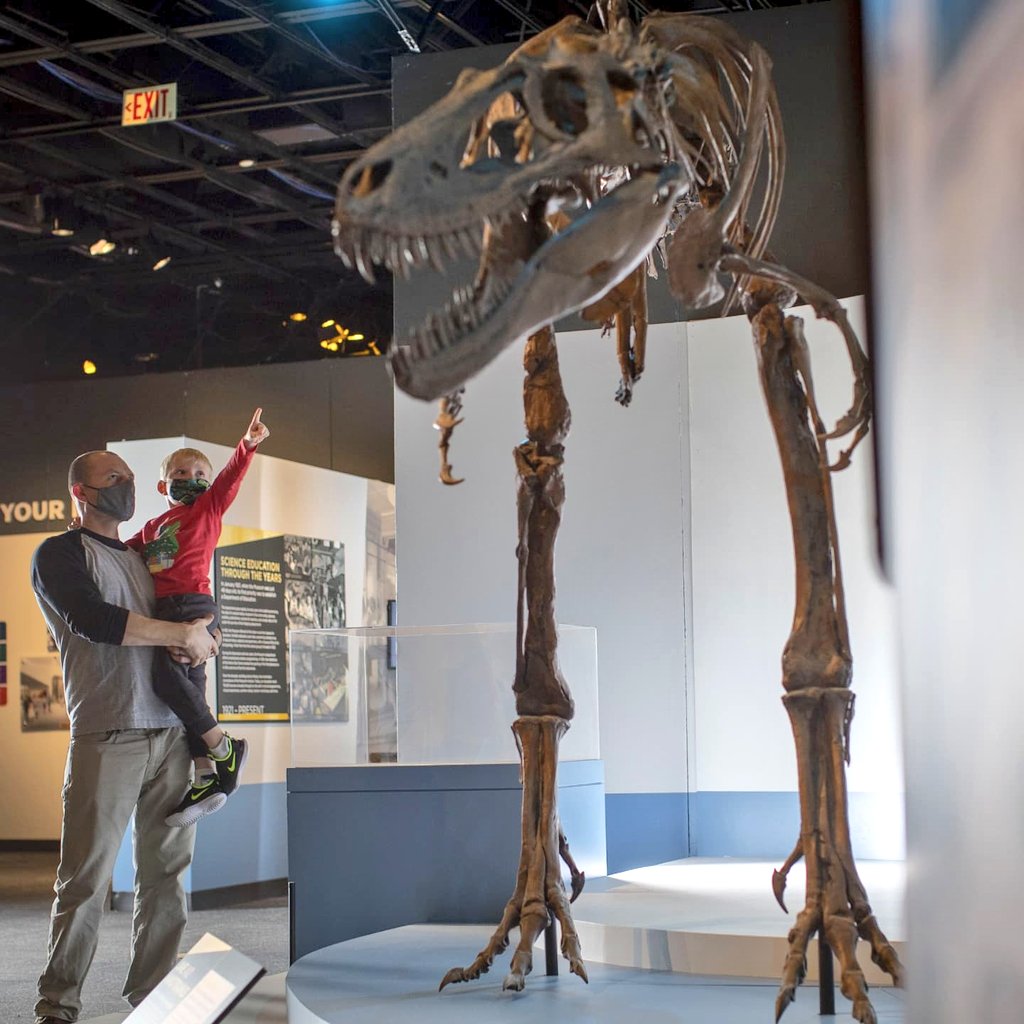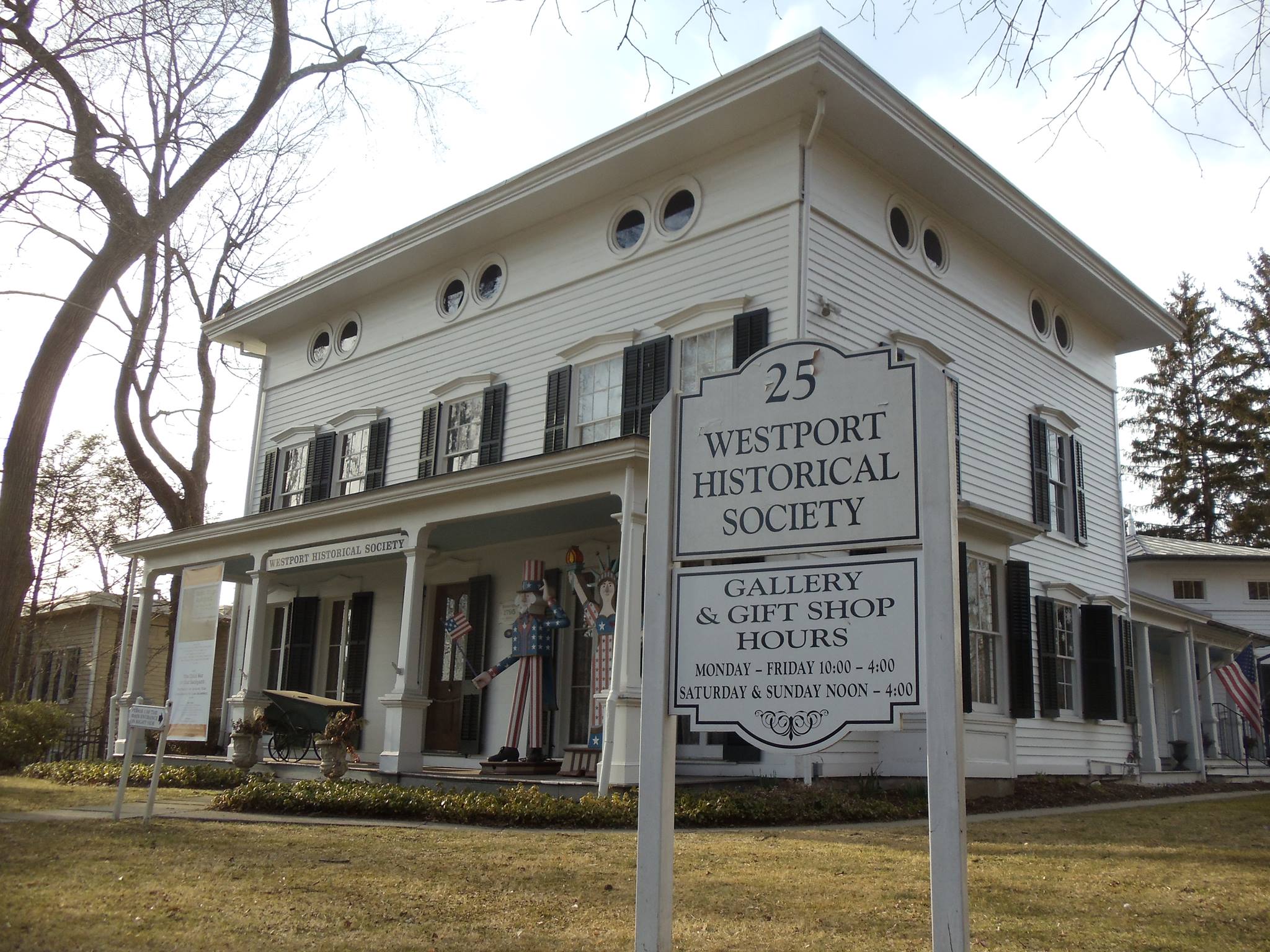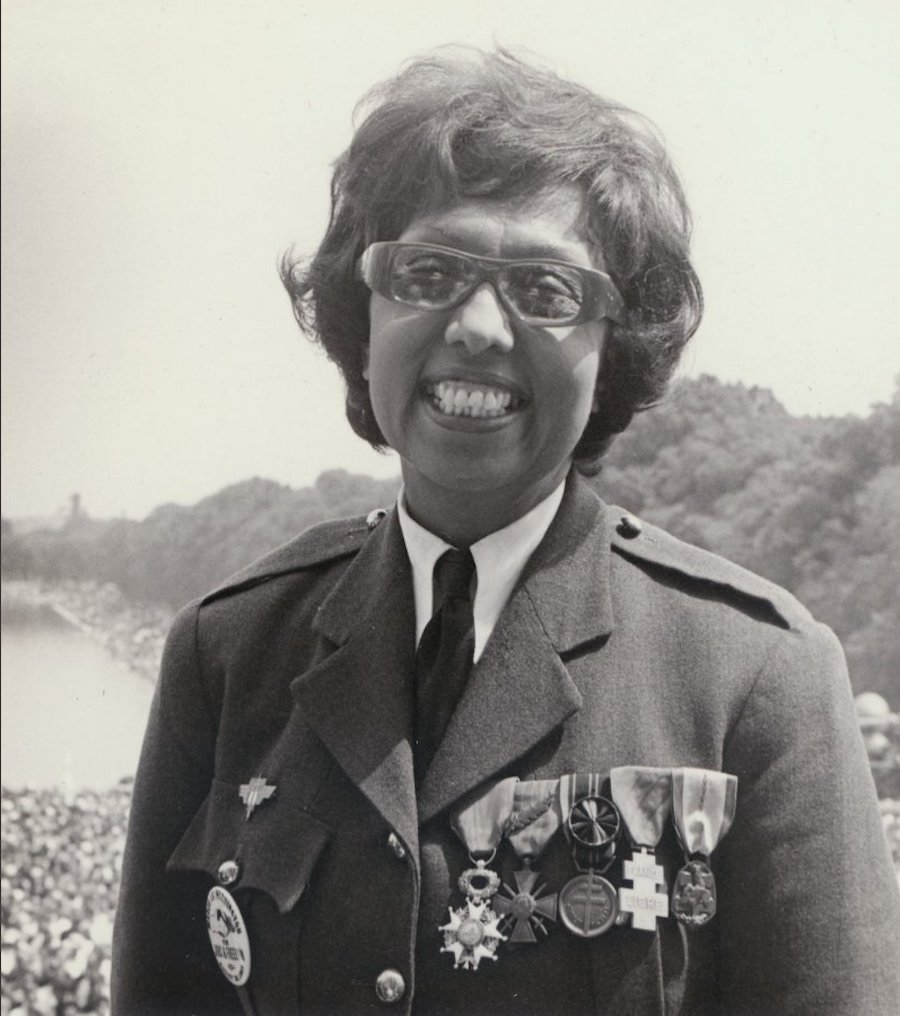Melanie Adams, Anacostia Community Museum
Melanie A. Adams, PhD, currently serves as the Director of the Smithsonian Anacostia Community Museum. Before joining the Smithsonian, Dr. Adams served as the Deputy Director for Learning Initiatives at the Minnesota Historical Society overseeing the state’s 26 historic sites. Prior to Minnesota, she spent 12 years at the Missouri Historical Society as the Managing Director for Community Education and Events. Dr. Adams is an active member of the museum community and has served on the board of the American Association for State and Local History and is a former president of the Association of Midwest Museums.

How have things have been at the museum with the many changes the world has seen within the past year and a half?
For the past 18 months, we’ve worked harder than we ever have, but it’s really forced us to think of creative ways to reach our audience. Like a lot of our colleagues, we went virtual right away after the pandemic started, and one of the things that we were really cognizant of, as a community-based museum, is the inequity related to the digital divide. Are we really serving our community if all of us are just going virtual and jumping online, and requiring equipment to access us now? We’ve done some creative thinking about what it means to be a museum in a pandemic, still providing content in a safe way.
Do you think you’ll continue doing some of the things that you’ve adopted during quarantine?
We did do some online programming, which we’ll continue in the future because it really allows us to expand our audience beyond the people who can walk or drive to us. But the other thing we did was reached out into the community and put exhibits out in communities. We did one in a local neighborhood, nowhere near our property. That’s definitely something we’re going to continue in the future: looking for ways to put content out into the community and not always expecting everyone to come to us.

It feels like we’re having to re-evaluate what it means to be a museum and how that ties into the idea of physical space. How do you see that shifting?
The term that most people use is museum without walls. It’s especially important for us at ACM, as a community-based museum, because we are one of the few cultural organizations east of the river. There are other wonderful people doing work in theater and arts, but we’re one of the few museums. It is really nice to be able to share that content throughout the communities in Wards 7 and 8.
One of the exhibits we did was called Men of Change, which was put together by Smithsonian SITES and was supposed to be inside. We knew we weren’t going to open, but the content was so important because it dealt with African American men and resiliency. We had to re-imagine that entire exhibit outside and we did it in a community about 10 minutes away from the museum.
My Director of Education saw beyond just putting it in that community and worked with the DC Public Library, who has a library in the DC Public Jail. She was able to get the content on tablets that went to the men and women who were incarcerated. So again, that’s another audience that we sometimes don’t even think about for our content, and we’re going to look at how can we continue providing content for that audience.
It feels like one of the things that’s come out of the pandemic is museum professionals thinking about the ways in which museums need to meet people where they are.
Definitely, and I think you’re going to see more of that, which is why the outdoor exhibits worked well for us. Something else we did as part of Men of Change was a projection project. Every Friday, for eight weeks, we projected images from that exhibit in different parts of the neighborhood. They were just pop-ups, so you never knew where you would see them, but they were in community centers, health centers, and libraries. It’s figuring out different ways to get that content out and share it.

What do you think it means for a museum to be resilient?
What it means to be resilient is listening to your stakeholders and being nimble. It’s not doing things the same way, time and time again, because audiences change, communities change, and what worked even three or five years ago, may not work now. For a museum to be resilient, it has to be a museum that listens to its community and is able to provide and use its resources in a way that serves that community.
Do you think this reckoning about the importance of resilience was always going to happen, or did it occur because of the pandemic?
I really think it’s just because of the pandemic, and I say that because no one changes unless they’re forced to. When your doors are closed, yet you’re still trying to figure out how to share content, it forces you to do some things quicker and do things that may be a little more half-baked than you would have normally. Museums are famous for, “Oh, we’ll take three to five years to do this,” versus “You have three to five weeks to figure this out.” In a good way, it really forced us to be more creative, to figure out how to be resilient, because we didn’t know how long this was going to last.
After the past 18 months, what do you think communities need from museums?
Right now, people want a sense of normalcy, whatever that means. So even if it’s just going into a museum and communing with their favorite artifacts or paintings, people need that sense of being able to go out and enjoy culture again. That’s one of the first important ways that museums can really help.
A lot of museums have been documenting the stories of the last 18 months because when the fifth anniversary of COVID comes around, people are going to want to see those stories. Those images of people hoarding toilet paper. Our other role is, “How are we documenting the stories of what’s happening?” And by that I mean the stories of the everyday people and what their life was like those first few months under COVID.

On the flip side of that, what do you think museums need from communities right now?
One of the things we’re looking for is to engage with us, to help us figure what post-COVID looks like. They’ll hopefully participate in programs, come to the museum and be able to provide that feedback, because, especially with a community-based museum, we’re really working with the people and with the community to create content.
What are some things they would like to see? What did they think was important during the pandemic? Part of what we’ll be doing, especially with some of our programs, is assessments of, “What did you like? Do you want us to keep virtual programs? How many in-person ones should we do?”
Can you give me any specific examples of things you’re doing at ACM to try to be resilient?
The first example I can give is the topic that we’re focused on for this year, “Our Food, Our Future,” which looks at food history, culture, and justice in the DC area. The reason why I say that’s one of the ways we’re being resilient is we were scheduled to do it even pre-pandemic, but one of the things we added was the outdoor exhibit part, which focused on issues of food inequality. That was one of the biggest through-lines of the pandemic: everyone becoming aware of the food discrepancies, grocery store gaps, all these things that people didn’t think about pre-pandemic.
Shining a light on those stories was one way we were being resilient, because we were being relevant to our community. Whenever we do an exhibit, we always have a “Take Action” section, so it’s an opportunity. It’s not that you only learned about food inequality, we provide an area to say, this is what you can do to act on what you just learned. Here’s who you can write letters to, here’s what you can do at your council meeting. We tell people, “This is how you can take action with this new-found knowledge.”
The other way, which is also tied with our theme, is that we partnered with the social service agency called Feed the Fridge. Feed the Fridge placed a refrigerator in our parking lot, and they stock it with 100 free meals a day. We are the only museum in the area that has the fridge; most of them are located at rec centers and libraries. Anyone can walk up and take a free meal, no questions asked, and that’s been really successful because it’s something that the community needed immediately. That’s a program that will definitely continue, even after we open.

A lot of museums were already community-focused, but it feels like other museums are trying to catch up on being focused on the community they’re serving.
I agree. When I’m on panels or talk to colleagues, I always tell people you have to start where you are because sometimes people get so overwhelmed, they’re like, “We don’t even know where to start, so we’re going to start nowhere.” But the first steps are usually educating your staff. Sometimes one of the mistakes museums make is they turn external first, instead of internal. You have to make sure your staff is on board with the idea, and they buy into the commitment to the community.
It’s great that I’m seeing museums jump on board, but it’s also about the action. It’s not just putting out statements, but asking, “How are we making those changes internally and externally that support the statement we just put out?”
Do you expect to see changes in audience behavior as people are returning to the museum post-pandemic?
It’ll be interesting to see if the audience is…critical is not the word, but are they really doing a deeper dive or a closer examination of our content? Are they engaging with the content a little closer? Especially if it’s content related to issues of equity, are they questioning things a little more? Are they following up?
Those longitudinal evaluations are one of the things it’s hard to do well. I’d love to know if someone comes to our exhibit on food equity, are they still thinking about it two or three weeks later when they go to the grocery store? But those types of things are going to happen even more, as museums develop more relevant content and make those connections to everyday life. So hopefully, as people come back to us, they’ll be able to see their lived experiences or they’ll be able to learn about experiences that are different than theirs and then make those connection as they go about their lives.

Looking into the future, what do you think is coming, in shifts that are going to occur in museums?
Hopefully, we’ll be moving towards experiences, and I say that because I feel like audiences no longer want exhibits where they’re just reading a book on the wall. So how do we figure out a way to share our important content, but create an experience for people that is meaningful and makes them want to tell others about it, or something that they’re thinking about long after the experience has happened?
The other thing is more community engagement, in terms of using the voices of the community to help tell these stories. I know a lot of museums already do that, but you’ll even see more of that happening and hopefully, some community-curated exhibits again.




